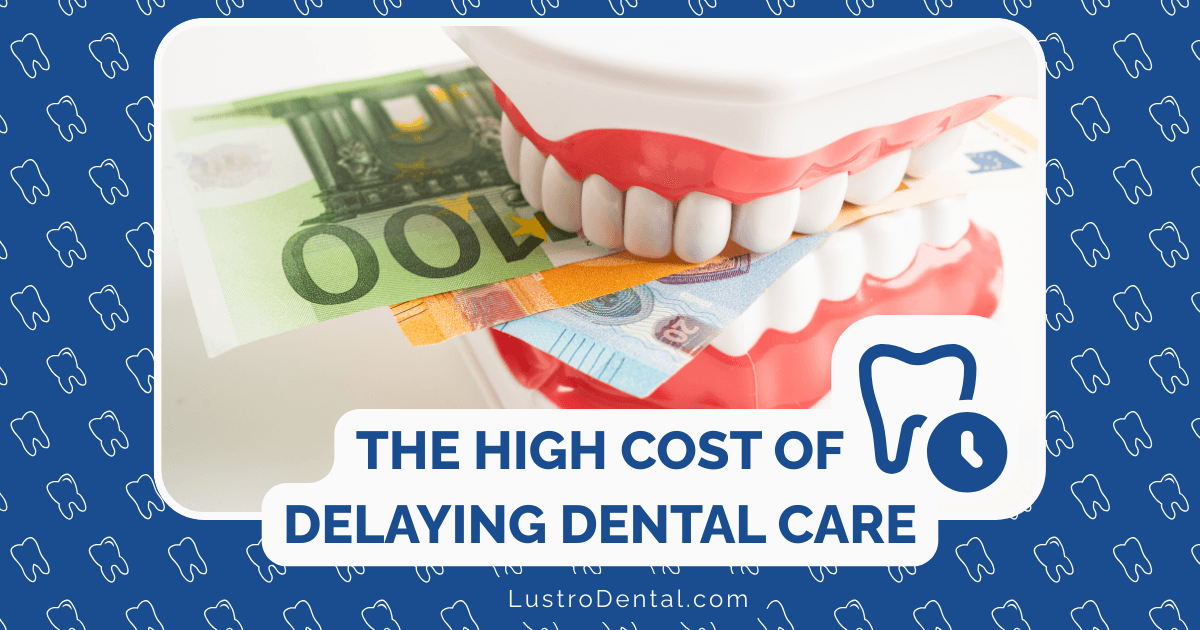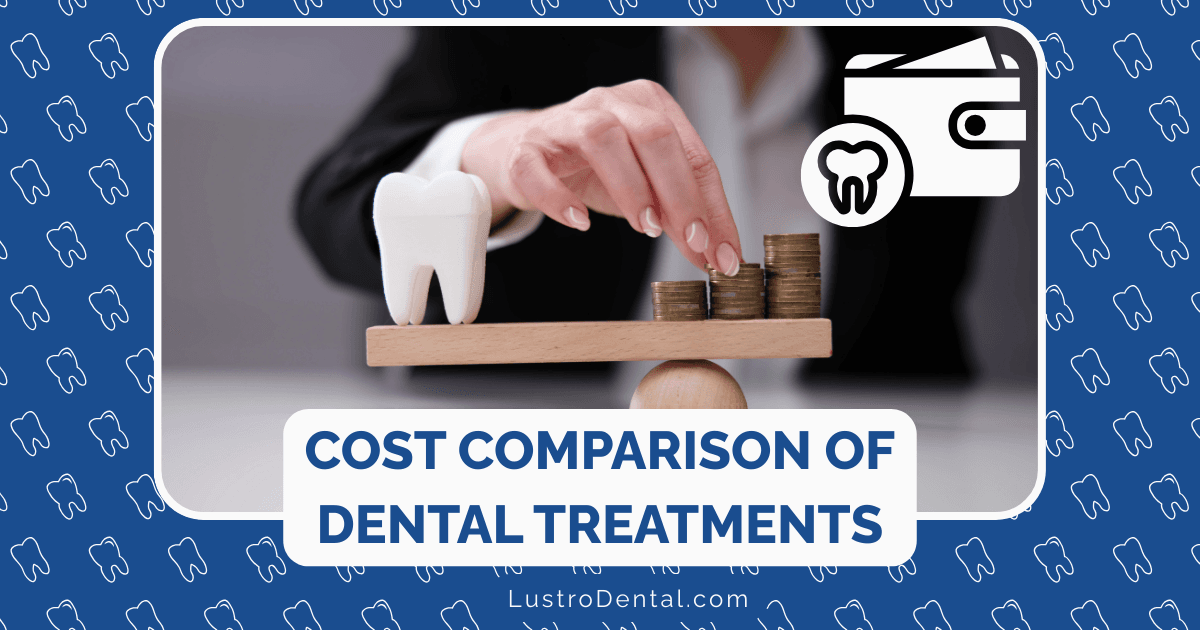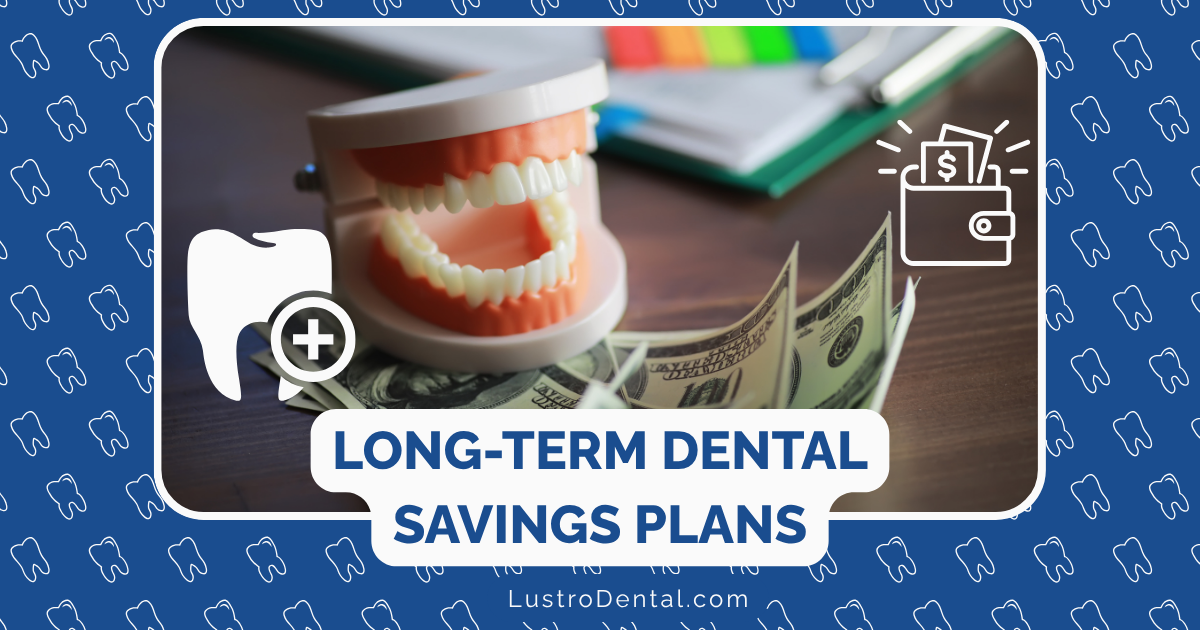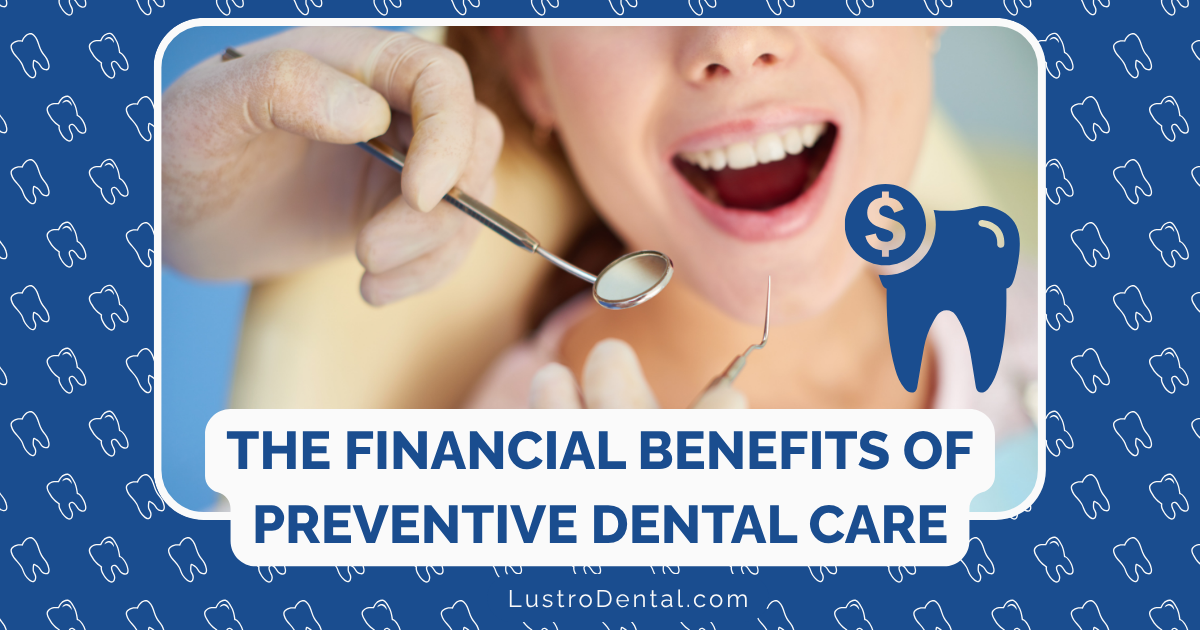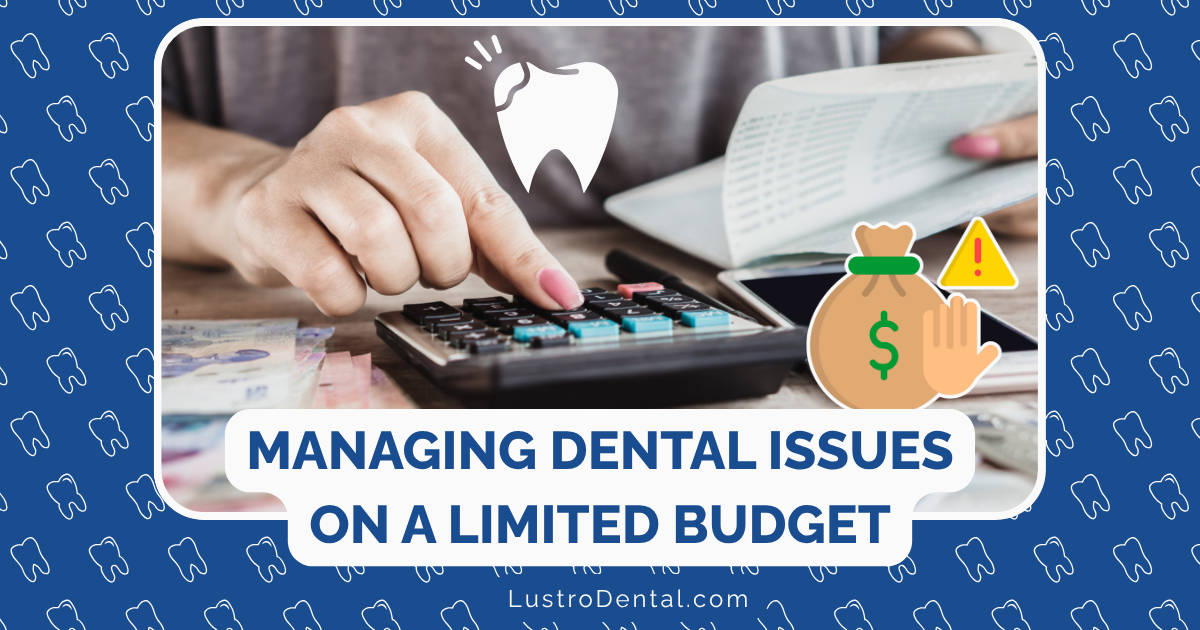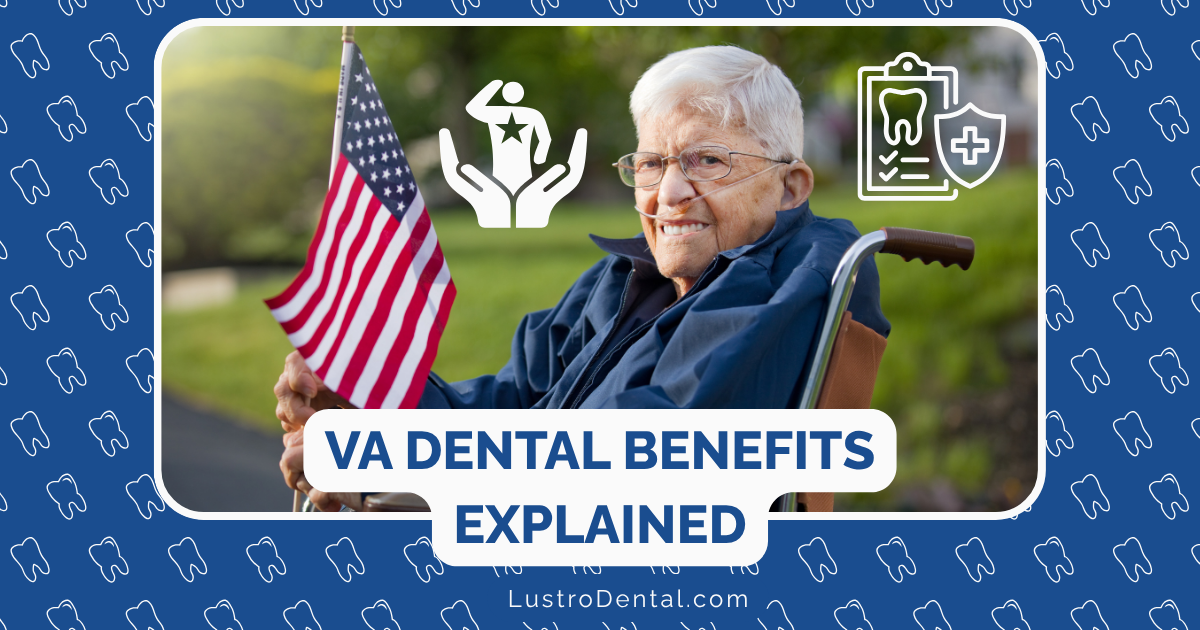Dental Care Grants and Assistance Programs: Eligibility and Application Process
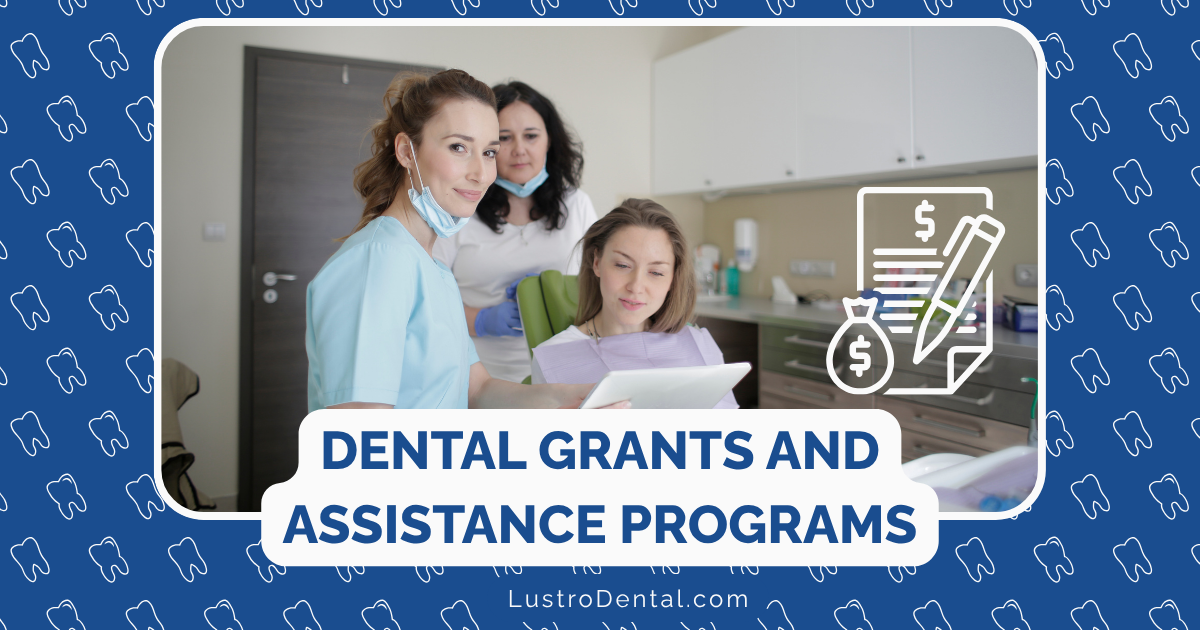
Dental care remains one of the most significant healthcare gaps for millions of Americans. With procedures like fillings costing $150-300, root canals ranging from $700-1,500, and dentures potentially exceeding $3,000, many individuals find themselves postponing necessary dental care due to financial constraints—often with serious consequences for their overall health.
Fortunately, numerous grants and assistance programs exist to help bridge this gap, providing financial support for those who might otherwise go without essential dental care. This comprehensive guide explores the various dental assistance options available, their eligibility requirements, and how to navigate the application process successfully.
Government Dental Assistance Programs
Government programs provide the most substantial and reliable source of dental assistance for qualifying individuals. Understanding these programs is the first step in accessing affordable dental care.
Medicaid Dental Coverage
Medicaid is a joint federal and state program that provides health coverage, including limited dental benefits in most states, for low-income individuals and families.
Eligibility Requirements:
- Income at or below 138% of the Federal Poverty Level (in states that expanded Medicaid)
- Categorical eligibility (pregnant women, children, elderly, disabled)
- State residency and U.S. citizenship or qualified immigration status
Coverage Varies by State and May Include:
- Comprehensive care for children under 21 (mandatory under EPSDT)
- Emergency dental services for adults (pain relief, infection treatment)
- Preventive services in some states
- Limited restorative services in some states
Application Process:
- Contact your state Medicaid agency or visit Healthcare.gov
- Complete the application online, by phone, by mail, or in person
- Provide documentation of identity, citizenship, income, and household size
- Receive determination (typically within 45 days)
According to the Centers for Medicare & Medicaid Services, adult dental benefits vary significantly by state, with some offering comprehensive coverage and others providing only emergency services or no coverage at all.
Children’s Health Insurance Program (CHIP)
CHIP provides low-cost health coverage, including dental benefits, for children in families that earn too much to qualify for Medicaid but too little to afford private insurance.
Eligibility Requirements:
- Children under age 19
- Family income typically between 138% and 300% of the Federal Poverty Level (varies by state)
- Not eligible for Medicaid
- Not covered by other insurance
Coverage Includes:
- Routine check-ups
- Cleanings
- X-rays
- Fillings
- Fluoride treatments
- Sealants
- Emergency dental services
Application Process:
- Apply through your state’s CHIP program or at InsureKidsNow.gov
- Complete a single application for both Medicaid and CHIP
- Provide documentation of the child’s identity, family income, and household size
- Receive determination (typically within 45 days)
According to the Medicaid website, approximately 9.6 million children were enrolled in CHIP as of 2018, receiving essential dental care they might otherwise go without.
Veterans Affairs (VA) Dental Benefits
The VA provides dental benefits to veterans who meet specific eligibility criteria, with coverage varying based on service history and current health status.
Eligibility Classes Include:
- Class I: Veterans with service-connected dental disabilities
- Class II: Recently discharged veterans who apply within 180 days
- Class IIC: Former prisoners of war
- Class IV: Veterans rated 100% disabled
- Class V: Veterans in vocational rehabilitation programs
- Class VI: Veterans receiving VA care for conditions complicated by dental issues
Coverage Based on Eligibility Class:
- Complete dental care for Class I, IIC, and IV
- One-time dental care for Class II
- Specific dental care related to medical conditions for Class III and VI
- Dental care necessary for vocational rehabilitation for Class V
Application Process:
- Apply for VA health care using VA Form 10-10EZ
- Provide documentation of service history and dental condition
- Undergo evaluation to determine eligibility class
- Receive determination and schedule appointments if eligible
For veterans who don’t qualify for VA dental benefits, the VA Dental Insurance Program (VADIP) offers reduced-cost dental insurance through private providers.
Nonprofit and Foundation Dental Grants
Beyond government programs, numerous nonprofits and foundations offer dental grants and assistance for individuals who don’t qualify for public benefits or need additional help.
Dental Lifeline Network’s Donated Dental Services (DDS)
The Dental Lifeline Network coordinates a nationwide network of volunteer dentists and laboratories providing comprehensive dental care to vulnerable populations.
Eligibility Requirements:
- Elderly (65+)
- Permanently disabled
- Medically fragile
- Unable to afford dental care
- No access to other dental resources (including Medicaid dental benefits in some states)
Services Provided:
- Comprehensive treatment planning
- Preventive care
- Restorative procedures
- Extractions
- Dentures
- Specialty care (when available)
Application Process:
- Visit the Dental Lifeline Network state programs page
- Select your state to access the appropriate application
- Complete the detailed application with medical, dental, and financial information
- Submit the application and wait for review (wait times vary by state)
- If accepted, receive care from volunteer dentists in their private offices
According to their website, DLN has a network of over 12,350 volunteer dentists and 3,300 volunteer laboratories, though demand exceeds capacity with more than 5,000 people currently on waitlists nationwide.
America’s Dentists Care Foundation (ADCF) and Mission of Mercy Events
The America’s Dentists Care Foundation supports large-scale free dental clinics known as Mission of Mercy (MOM) events across the country.
Eligibility Requirements:
- No formal eligibility requirements
- First-come, first-served basis
- No proof of income or residency typically required
Services Provided:
- Basic dental exams
- Cleanings
- Fillings
- Extractions
- Limited other services based on volunteer availability
How to Access Services:
- Visit the ADCF clinic schedule page to find events in your area
- Arrive early (often the night before or very early morning)
- Wait in line for a numbered ticket
- Receive treatment based on available volunteers and your dental needs
For 2025, ADCF has scheduled numerous MOM events across the country, including in Kansas, Oklahoma, Florida, North Carolina, Pennsylvania, Colorado, and many other states.
Give Kids A Smile Program
The American Dental Association Foundation’s Give Kids A Smile (GKAS) program provides free dental services to underserved children.
Eligibility Requirements:
- Children from low-income families
- Typically ages 0-18
- No insurance or inadequate dental coverage
Services Provided:
- Dental screenings
- Preventive care
- Educational materials
- Treatment for identified issues
How to Access Services:
- Check the GKAS website for events in your area
- Contact your state dental association for local GKAS events
- Attend the event with your child on the specified date
- No pre-registration is typically required, but some events may have different procedures
Since its inception in 2003, GKAS has helped more than 6 million children access free dental services.
Cosmetic Dentistry Grants and Programs
For those seeking cosmetic dental procedures not covered by traditional assistance programs, several specialized grants exist.
Cosmetic Dentistry Grants Program
The Cosmetic Dentistry Grants Program provides partial grants for cosmetic dental procedures through affiliated dentists.
Eligibility Requirements:
- Oral health sufficient to support cosmetic procedures
- Financial ability to cover remaining costs after grant
- Valid dental insurance (for some procedures)
Services Potentially Covered:
- Dental implants
- Veneers
- Crowns
- Bridges
- Other cosmetic procedures
Application Process:
- Submit an application on the CDG website
- Undergo a free oral health assessment with an affiliated dentist
- Receive treatment plan and grant determination
- Pay remaining costs after grant is applied
According to their website, grants are awarded on a “per capita, percentile basis” and depend on available funding and the number of applicants. It’s important to note that the program requires patients to cover a significant portion of the costs, with grants typically reducing the total cost by 25-30%.
The Dental Grants Program
The Dental Grants Program offers assistance for various dental procedures, including implants and cosmetic dentistry.
Eligibility Requirements:
- Good general health
- Realistic expectations about treatment outcomes
- Financial ability to cover remaining costs
Services Potentially Covered:
- Dental implants
- Basic dentistry
- Cosmetic procedures
Application Process:
- Apply through the program website
- Consult with a participating dentist
- Receive treatment plan and grant determination
- Pay remaining costs after grant is applied
This program provides grants directly through participating dentists, with discounts applied upfront rather than through reimbursement.
State and Local Dental Assistance Programs
Many states and local communities offer dental assistance programs beyond federal initiatives. These programs vary widely but can provide valuable resources for those who don’t qualify for national programs.
State-Specific Dental Programs
Many states operate dental assistance programs targeting specific populations or needs. For example, the Maryland Community Health Resources Commission has awarded numerous grants to organizations providing dental services to underserved populations.
Examples of State Programs:
- California’s Denti-Cal
- New York State’s Medicaid Dental Program
- Massachusetts Health Safety Net Dental
- Illinois’ Donated Dental Services Program
How to Find State Programs:
- Contact your state health department
- Visit your state’s department of health services website
- Consult with local dental societies
- Check with community health centers
County and Municipal Dental Programs
Many counties and cities operate dental clinics or assistance programs for residents, often with sliding fee scales based on income.
Typical Services:
- Basic preventive care
- Emergency dental services
- Limited restorative care
- Referrals to specialized services
How to Find Local Programs:
- Contact your county or city health department
- Call your local United Way (dial 211 in many areas)
- Check with community action agencies
- Inquire at federally qualified health centers
Special Population Dental Assistance Programs
Several programs target specific populations with unique dental needs or circumstances.
Senior Dental Programs
Older adults often face significant dental challenges with limited resources, as traditional Medicare does not cover most dental care.
Programs to Explore:
- State-based senior dental programs
- Area Agencies on Aging resources
- Dental Lifeline Network (prioritizes seniors)
- Senior centers with dental referral services
Application Tips:
- Contact your local Area Agency on Aging
- Ask about senior-specific dental discount programs
- Inquire about transportation assistance to dental appointments
- Check eligibility for Medicaid expansion in your state (may include dental benefits)
Programs for Individuals with Special Needs
People with disabilities or special healthcare needs often require specialized dental care and face additional barriers to access.
Resources Include:
- Special Care Dentistry Association referrals
- Dental Lifeline Network (prioritizes disabled individuals)
- State developmental disability services
- University dental school special needs clinics
Application Approach:
- Contact your state’s disability services agency
- Ask your primary care provider for referrals to specialized dental programs
- Check with advocacy organizations specific to your condition
- Explore university dental school special needs clinics
Cancer Patient Dental Support
Cancer patients often require dental care before, during, or after treatment, but may face financial constraints due to other medical expenses.
Available Programs:
- The Leukemia & Lymphoma Society’s Veteran Dental Financial Assistance Program
- American Cancer Society referrals
- CancerCare financial assistance
- Hospital-based oncology support services
Application Process Typically Involves:
- Getting a referral from your oncologist
- Documenting the connection between dental needs and cancer treatment
- Providing financial information
- Working with a case manager or patient navigator
Maximizing Your Chances of Receiving Dental Assistance
Navigating dental assistance programs can be complex, but these strategies can improve your chances of success:
1. Prepare Thorough Documentation
Most programs require extensive documentation to determine eligibility. Gather these materials in advance:
- Proof of identity (photo ID, birth certificate)
- Proof of income (pay stubs, tax returns, benefit statements)
- Medical and dental records
- Insurance information (or proof of no insurance)
- Documentation of disability or special needs (if applicable)
- Proof of residence
2. Apply to Multiple Programs Simultaneously
Given limited funding and long waiting lists for many programs, apply to several options at once:
- Government programs (Medicaid, CHIP, VA benefits)
- Nonprofit dental grants
- State and local assistance programs
- Dental school clinics
- Community health centers
3. Clearly Articulate Your Needs and Circumstances
When applying, clearly explain:
- The urgency of your dental needs
- How dental issues affect your overall health
- Impact on your ability to work or function
- Previous attempts to address dental problems
- Limited financial resources despite your best efforts
4. Be Persistent and Follow Up
Many programs have complex processes and limited staff:
- Keep copies of all applications and correspondence
- Follow up regularly on your application status
- Ask about waitlist position and estimated timeframes
- Inquire about alternative resources if denied
5. Consider Interim Solutions
While waiting for grant approval or assistance:
- Seek preventive care at low-cost clinics
- Address pain and infection through emergency services
- Ask about payment plans or sliding fee scales
- Consider dental schools for reduced-cost care
Common Challenges and How to Overcome Them
Understanding potential obstacles can help you navigate the application process more effectively:
Limited Funding and Long Waitlists
Challenge: Many programs, especially nonprofit grants, have more applicants than they can serve.
Solution:
- Apply as early as possible
- Consider geographic flexibility (programs in neighboring counties or states)
- Ask about prioritization criteria and address those factors in your application
- Inquire about emergency provisions for urgent dental needs
Restrictive Eligibility Requirements
Challenge: You may fall into coverage gaps—earning too much for some programs but too little to afford care.
Solution:
- Look for programs with sliding fee scales rather than strict cutoffs
- Explore programs specifically designed for the “working poor”
- Consider temporary changes in circumstances that might affect eligibility
- Check if your employer offers flexible spending accounts for dental expenses
Complex Application Processes
Challenge: Applications can be lengthy, confusing, and require extensive documentation.
Solution:
- Ask if application assistance is available
- Utilize social workers or case managers if available
- Request clarification on confusing requirements
- Submit applications in person when possible to ensure completeness
Limited Scope of Services
Challenge: Some programs cover only basic services, not comprehensive care.
Solution:
- Prioritize urgent needs first
- Combine multiple programs for different aspects of care
- Ask about referral networks for services not covered
- Develop a long-term plan addressing dental needs incrementally
Looking Ahead: Advocating for Better Dental Coverage
While navigating existing programs is essential for immediate needs, long-term change requires advocacy:
Support Policy Changes
- Contact elected officials about expanding dental coverage in public programs
- Share your story to illustrate the impact of dental care gaps
- Support organizations advocating for dental care as essential healthcare
Community Solutions
- Encourage local dentists to participate in volunteer programs
- Support community health initiatives that include dental care
- Promote oral health education and prevention programs
Raise Awareness
- Share information about available resources with others in need
- Highlight the connection between oral health and overall health
- Challenge the perception of dental care as optional or cosmetic
Conclusion
Accessing dental care through grants and assistance programs requires persistence, thorough research, and careful navigation of application processes. While the system isn’t perfect, numerous resources exist to help those in need receive essential dental care.
By understanding eligibility requirements, preparing thorough applications, and pursuing multiple options simultaneously, you can increase your chances of finding the dental assistance you need. Remember that dental health is an essential component of overall wellbeing—worth the effort required to secure necessary care.
Don’t let financial constraints prevent you from addressing dental needs. With the right approach and resources, quality dental care can be within reach, regardless of your current financial situation.
Have you successfully navigated dental assistance programs or grants? Share your experience in the comments to help others on similar journeys.


